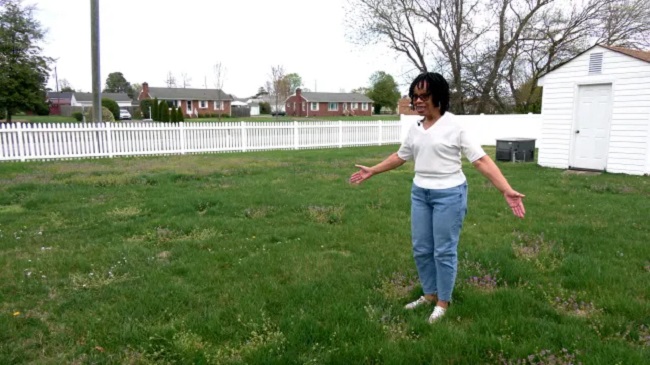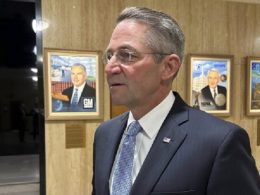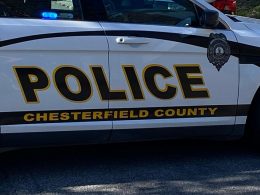Henrico County, VA — Dyantha Epps never imagined that the house of her dreams would come with an expensive and unpleasant surprise. In the late 1980s, Epps purchased a brick ranch home on Laburnum Avenue, drawn to its charm and the promise of a peaceful, single-story living space. As a first-time homebuyer, she skipped the inspection process and relied on assurances that the home was connected to the county’s sewer line. However, a series of unfortunate events would reveal a different story — one that would ultimately cost her thousands of dollars.
It wasn’t until 2007, when Epps decided to add a back porch to her home, that she learned her property was not connected to the sewer system. While digging for the porch, workers stumbled upon a septic tank buried in the yard, a discovery that left Epps shocked and confused. Despite having paid a bimonthly sewer bill for years, she had never been connected to the county’s sewer line.
The issue worsened in 2021 when Epps experienced her first sewage backup, followed by another major incident in 2022. The sewage began to overflow into her bathroom, forcing her to close off the room and make temporary arrangements for basic sanitation.
“I had to make all kinds of arrangements so I could handle my personal business,” Epps said, describing the ordeal. “It was devastating.”
After the backup, Epps realized that she had been paying for a service she wasn’t even receiving. Over the course of several decades, she had paid more than $9,000 to Henrico County for sewer service. Unsatisfied with this revelation, she began pressing the county to explain why she had been charged for sewer service when her home had never been connected to the system.
Henrico County, in a statement, explained that Epps had been charged under the “Not connected, single-family residential unit” rate of $38.40 bimonthly. This charge is meant to cover the availability of sewer service to the property, as well as the operational and maintenance costs associated with providing that service. According to the county, the connection fees were paid when the sewer line was initially installed in 1975, and Epps had the option to connect to the system at her own expense.
Bently Chan, Director of Public Utilities, stated, “Ms. Epps has the option of notifying us of her intent to connect to the system. To do that, she would need to coordinate with a private plumber for a plumbing permit, which would be issued by the Department of Building Inspections, and then proceed with connecting to the system.”
Despite her grievances, the county informed Epps that they would not refund the charges from previous years. Epps was also told that she could abandon the sewer service if she chose to do so, though that would come with its own set of complications.
The situation has raised concerns for other homeowners who may be in similar situations. Epps’ experience underscores the importance of understanding one’s property’s connection to utilities and ensuring that any service fees are justified. For those unsure of their connection status, the county offers a free connection test through the Department of Public Utilities. Homeowners can also hire a private plumber to verify the status.
In the end, Epps’ ordeal highlights a critical lesson for homeowners: never assume that utility bills accurately reflect the services being provided. It’s essential to verify connections early on to avoid costly surprises down the road.











